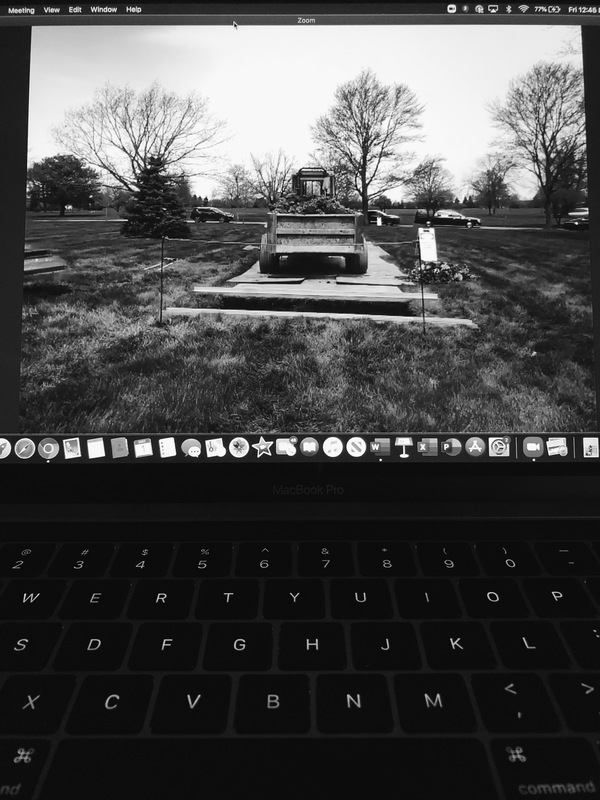Source #3: Healing Heartbreak
Rituals of burial and mourning are central to communities across religious traditions. Jewish customs are designed to provide the bereaved with space to mourn while facilitating their gradual return to regular life. Tradition and law require the quick burial of a corpse, preferably within twenty-four hours of death. Members of the community wash, dry, pray over, and wrap the body in a white shroud. Burials themselves are simple affairs. The body is lowered into the ground, and family and friends place shovels of dirt on it. Bereaved children then recite the Kaddish, the mourner’s prayer, asking that the name of the divine be glorified and exalted upon the earth.
After the burial follow seven days of “sitting shiva,” in which bereaved family members receive visitors. Those who come to pay their respects are expected to remain silent until the bereaved initiate conversation. During these seven days, the bereaved do not go to work and are not expected to maintain the regular patterns of life. After those seven days, the bereaved return to work but otherwise do not resume social activities until a month has elapsed since the death of their loved one.
The COVID-19 pandemic posed major questions about customs of burial and mourning. Especially during the early months of the pandemic, some hospitals forbade visitations, making it impossible for families to say goodbye to loved ones at the time of death. Many governments imposed restrictions on the sizes of graveside, congregational, and household gatherings. In the face of pandemic-era deaths, families and congregations sought creative ways to maintain community, provide solace, and observe religious law.
Questions for Discussion and Suggestions for Further Study:
- Take a look at the Healing Heartbreak source by clicking on the above photo. How did this family and community “sit shiva” during the pandemic?
- Learn more about shiva and Kaddish from myjewishlearning.com.
- Review the below photo, reflection, and article on grieving rituals during the Covid-19 pandemic. What themes do these materials share? How did these contributors adapt their mourning rituals during this crisis?

